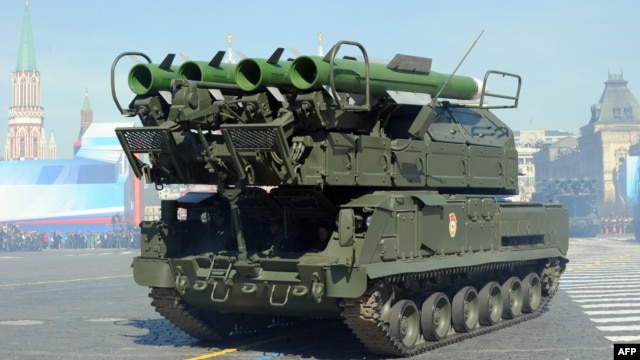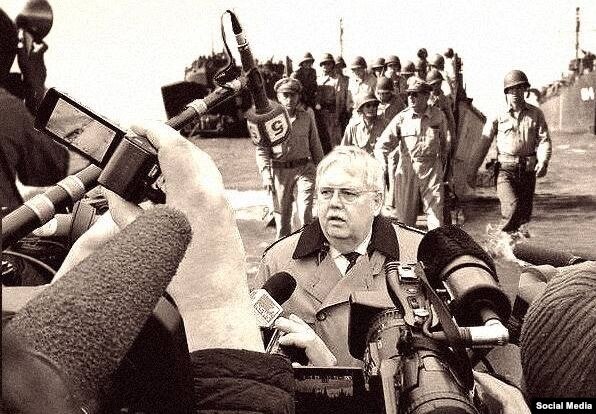One theory that about Russia's involvement in the conflict in Eastern Ukraine is that its involvement got heavier after the downing of Malaysian flight 17 by the rebels. Russia's increased involvement was not due to wanting more territory, but out of fear of what the rebels that they had released and enabled would do to Russia's reputation if left unchecked. After the bloodless coup and takeover of Crimea, the events in Eastern Ukraine got very bad very quickly. The downing of the flight was a PR nightmare.
The Dutch issued a report on the event this week that identifies the missile that took down the plane as a BUK missile. The report is thorough and took a year to compile because of the many technical difficulties in obtaining the plane, and analyzing the data. RFE/RL has some great articles on how this report has been obfuscated, ignored, and fought by the Russian propaganda machine at every turn.
A great aspect of the reporting is the step-by-step account of how the Dutch investigators rebuffed Russian efforts to soften language (LINK):
Appendices published (here and here) with the Dutch Safety Board’s report show that Russia attempted to convince investigators to invoke "other scenarios," such as the possibility that Flight MH17 was struck by an air-to-air missile.
Critics have accused Moscow of floating the air-to-air-missile and other theories in order to deflect attention from substantial evidence indicating the Boeing 777 was downed by a Russian-made surface-to-air missile system known as a Buk, fired from an area controlled by pro-Russian separatists in eastern Ukraine.
But the documents released with the report show that, behind the scenes, the Dutch Safety Board also rejected alternative scenarios proposed by Russia as essentially baseless before concluding that a Buk missile exploded next to the Boeing 777 and sent it crashing to the ground, killing all 298 people on board.
With arcane discussions of physics, telemetry, and military technology, the conclusions of the 15-month investigation largely match up with theories put forth by Ukraine, the United States, and other nations.Read the full article with the full outline of the charges and counter-charges.
Another interesting development is that the Buk manufacturer immediately put out their own report denying the Dutch version (LINK):
The Russian company that manufactures the Buk ground-to-air missile system plans to issue a report on the July 2014 downing of a Malaysian Airlines passenger jet over eastern Ukraine on October 13, the same day the Dutch Safety Board plans to issue the results of its investigation into the incident.
Almaz-Antei said in a press release on October 8 that it had carried out the detonation of a Buk missile under a decommissioned Boeing passenger jet in a "life-scale, real-time" experiment as part of its investigation into the disaster.
The company said that preliminary results from the experiment support the conclusions that the firm presented in June -- namely, that the plane was shot down by a Buk missile fired from territory controlled by the Ukrainian military.This has now become a he-said, she-said battle over telemetry and math. The upshot is that with the competing claims, Russia can still deny its involvement in the incident, even if other evidence points to that very involvement (LINK LINK).
If Moscow is really hoping only to keep its own citizens convinced that it is not operating in Ukraine - it seems to be working. Follow this link to see responses to the BUK report by Muscovites.



